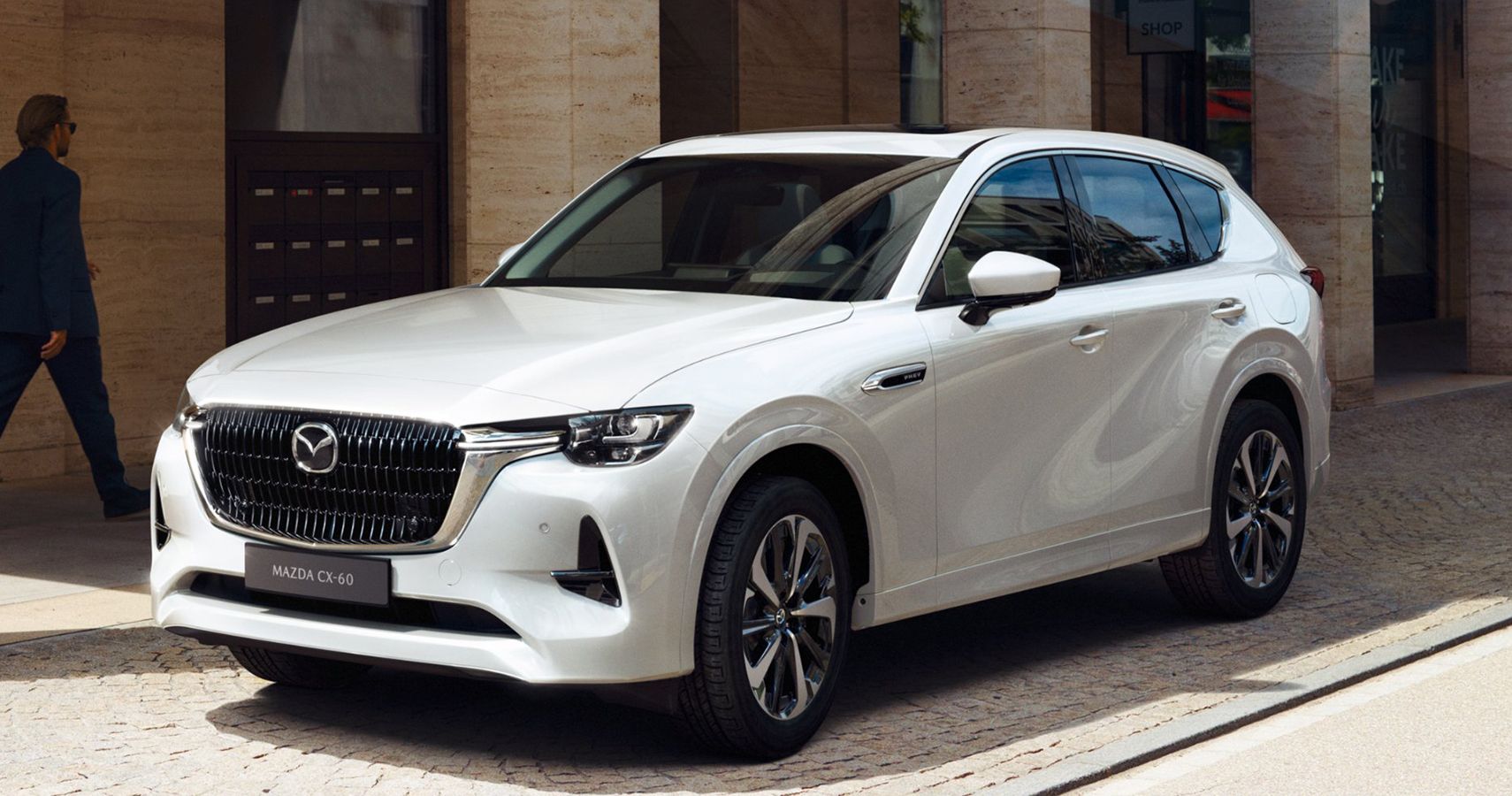SUVs and crossovers are still the hottest thing since several years ago. Even during the COVID-19 pandemic, demands for SUVs remain high and are still on the rise. This is hardly surprising since SUVs combine the best of various worlds, and they come in various sizes and prices.Due to high demand for SUVs, carmakers keep on developing or updating their offerings. As SUVs get older, their design and features also get outdated. Customers typically seek new models that could cater to their ever-changing needs and wants, and carmakers just need to make their SUV lineup as fresh as possible.Mazda is one of the carmakers with various differently sized SUVs in its lineup, catering to diverse sets of customers. Its SUVs are usually based on its sedans or hatchback models. Others were based from other SUVs, but were built differently. The Japanese carmaker announced in last year its plans to expand its SUV lineup in 2022.One of its planned SUVs is the Mazda CX-50 compact crossover meant for the North American market. Mazda is also planning a larger model, the CX-60. Sadly though, the CX-60 won’t be coming to the United States even as a 2022 SUV, and the reason is pretty easy to understand.
CX-60 Is A Two-Row Plug-In Hybrid Crossover SUV
Mazda is actually planning to launch around four Large Product group models, the first of which is the CX-60 mid-size crossover SUV. The Japanese carmaker introduced the CX-60 two-row crossover SUV in early March, targeting customers across Europe and Japan.
The Europe-bound CX-60 is actually a plug-in hybrid model that employs the carmaker’s e-Skyactiv PHEV system. Touted as Mazda's first plug-in hybrid system, the e-Skyactiv PHEV pairs a 2.5-liter in-line four-cylinder gasoline engine, a 100 kW electric motor as well as a 17.8-kWh high-capacity battery. The system provides up to 322 hp of max output and a 368 lb-ft of peak torque.
Power is sent to the wheels via Mazda’s new eight-speed automatic transmission, as well as Mazda’s i-Activ All-Wheel Drive system. The Mazda Intelligent Drive Select (Mi-Drive) allows the CX-60 to be driven under electric power alone.
Mazda is planning to two more new engines for the CX-60, thereby joining the e-Skyactiv PHEV. These new mills are the new-generation in-line straight-six 3.0-liter e-Skyactiv X gasoline and the 3.3-liter Skyactiv-D diesel engines with M Hybrid Boost.
CX-60 Is Enticing, But Not For The US
The CX-60 really does look attractive and enticing. Thus, it seemed illogical for Mazda not to bring the feature-rich CX-60 to a market that is being kept alive by crossovers and SUVs. It is much larger than the CX-50 compact crossover, which essentially belongs to Mazda’s Small Product group like the Mazda3 and Mazda CX-30.
But before wondering why the U.S. won’t be getting the CX-60, Mazda’s potential customers need to understand that the mid-size crossover isn’t the only SUV product it plans to introduce this year and in 2023. The Japanese carmaker has actually lined up not just one but four crossover SUVs for the various markets.
Two of these crossover SUVs feature a body type different to the remaining two models. By offering two body types with two seating arrangements -- two rows and three rows – Mazda should be able to cater to two different markets with different sets of customers.
Why Mazda Won’t Sell The CX-60 In The US
Mazda’s new crossover SUVs in the Large Product group includes the CX-60, the CX-70, the CX-80 and the CX-90. The carmaker intended the two-row CX-60 three-row CX-80 for markets where roads are narrower and the parking areas area smaller. Thus, the target markets for CX-60 and CX-80 include Europe and Japan.
On the other hand, Mazda determined that the sizes of the two-row CX-60 and three-row CX-80 aren’t large enough for the US market. To capture North America and other markets where customers prefer larger models with bigger presence, Mazda will be introducing the two-row seat CX-70 and the three-row seat CX-90, both of which will don bodies wider than the CX-60 and the CX-80.
Mazda's Powerplant Lineup Varies Per Market
Mazda’s powerplant choice for the CX-60, CX-70, CX-80 and CX-90 depend on the electrification roadmap outline by each of its target. The Europe-bound CX-60 and CX-80 will be mainly powered by e-Skyactiv PHEV, although models with the Skyactiv-X gasoline mill and the Skyactiv-D diesel engine will be made available. All are meant to achieve both high output and high environmental performance.
Japan-bound CX-60 and CX-80 will come powered by a straight-six Skyactiv-D diesel model with a 48V mild hybrid system as well as a plug-in hybrid system.
On the other hand, North America-bound crossovers – the CX-70 and the CX-90 – will be focused on high-power performance. Thus, future CX-70 and CX-90 models will be powered by a turbocharged straight-six gasoline engine as well as a plug-in hybrid system.
Mazda Eyes Fully Electrified Lineup By 2030
As for Mazda’s other future plans, the Japanese carmaker will soon carry out sales promotion activities for the MX-30, its first mass-production EV. In the first half of 2022, the carmaker will also introduce models with multiple electrification technologies employing a rotary engine as a generator.
In 2025, Mazda will introduce a new product line that underpinned by an EV-dedicated platform. Mazda is hoping it call fully electrify all its models by 2030.
Source: Mazda

